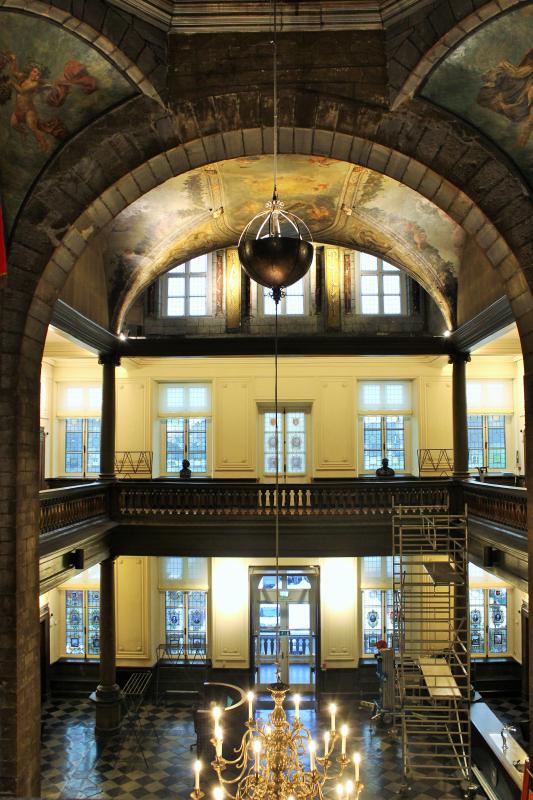LED accent lighting
LED accent lighting is LED lighting that emphasizes certain spaces, objects and/or elements.
Where is LED accent lighting used
Accent lighting can be used in many situations and places. This form of LED lighting is most common in and on buildings. You often see accent lighting in public buildings such as catering establishments, retail chains, museums, libraries, wellness centers, but also in companies, luxury housing, etc
Some examples where LED accent lighting is placed such as;
- In coves and niches of buildings, to visually enlarge the space and increase the atmosphere in that space
- Illuminating works of art
- Illuminating walls and facades both inside and outside
- Illuminating architectural shapes of a building both inside and out
- Under steps in stairwells
- LED lines in driveways and entrances to business premises
- In walkways and gardens of public spaces
Types of LED accent lighting
With accent lighting, a distinction can be made between mood lighting and functional lighting. As the name suggests, functional lighting has a direct, practical use above all. LED mood lighting, on the other hand, is lighting that is mainly used for decorative purposes. This lighting technology therefore mainly has an aesthetic added value. In addition, LED this lighting can also be divided into direct and indirect accent lighting.
Opening angle
The opening angle is mainly important for accent lighting. The opening angle of the LED lighting or beam angle determines how wide the light beam is. Accent lighting requires a focused beam of light. To enable strong accentuation, only the object and not the surroundings should be illuminated. For strong accentuation, the LED light should be bright. Diffuse LED lighting is therefore not interesting.
LED strips and profiles
LED strips are suitable to better emphasize the details and texture of certain materials. Depending on the combination of LED strip and the way it will be mounted with a LED profile, beautiful and elegant effects can be created. LED profiles contribute to a flattering distribution of the light.



